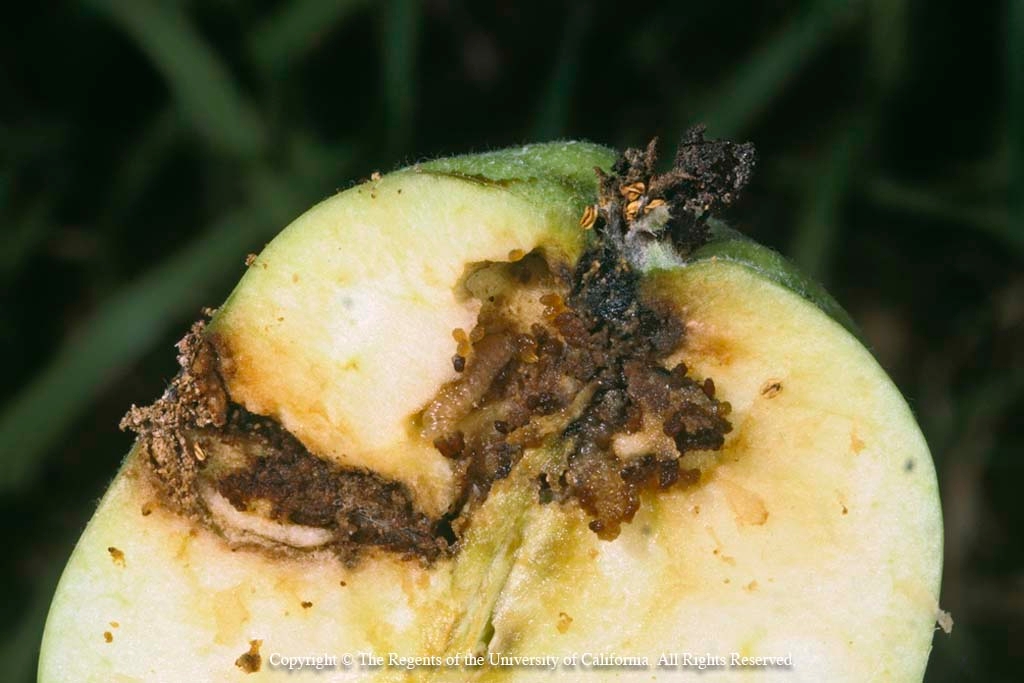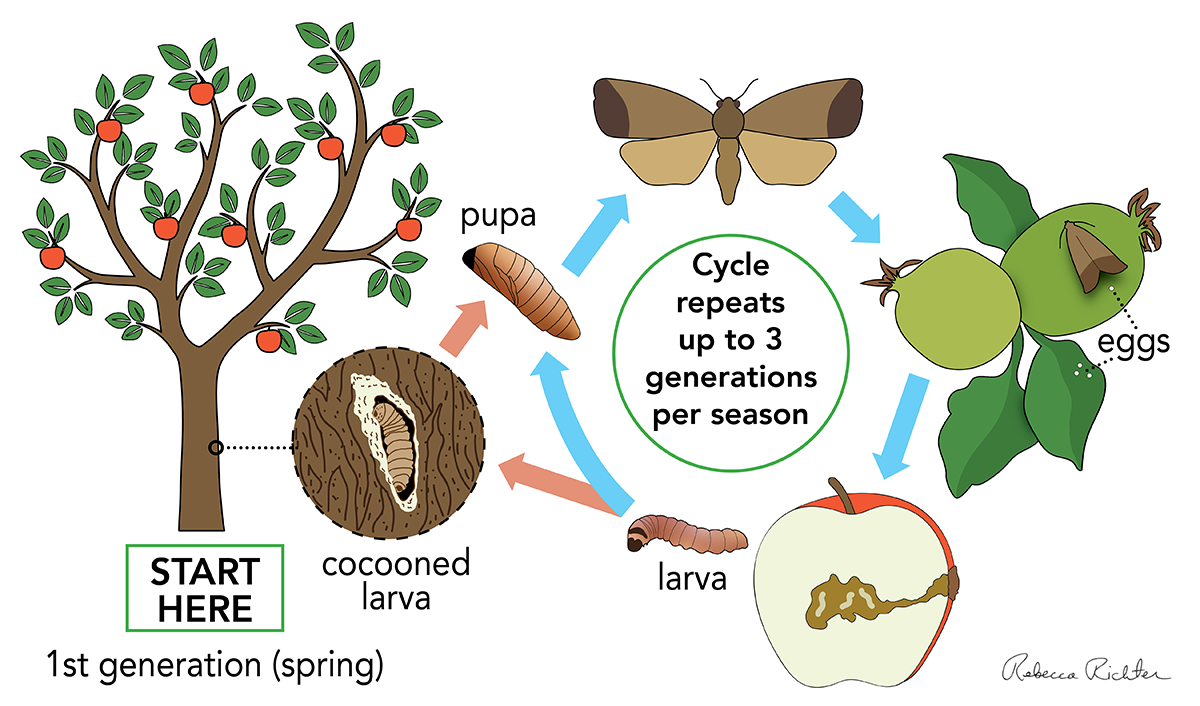
 10
10




Check out Redhawk's soil series: https://permies.com/wiki/redhawk-soil
 13
13




Striving to grow things as naturally, simply, and cheaply as possible! 
My YouTube channel
 10
10




Striving to grow things as naturally, simply, and cheaply as possible! 
My YouTube channel
 12
12




Check out Redhawk's soil series: https://permies.com/wiki/redhawk-soil
 14
14





 This site describes a number of organic controls.
This site describes a number of organic controls.
'What we do now echoes in eternity.' Marcus Aurelius
How Permies Works Dr. Redhawk's Epic Soil Series
 10
10




I'm only 65! That's not to old to learn to be a permie, right?
 11
11




 3
3




John Suavecito wrote: I'm also trying to adjust my enormous harvest to mostly storage apples, because when you get this many, you aren't going to eat all of them in September.
 It's so nice when they store for at least 3 months or longer. It seems like these apples are also the ones that are generally more bug resistant as well.
It's so nice when they store for at least 3 months or longer. It seems like these apples are also the ones that are generally more bug resistant as well.Striving to grow things as naturally, simply, and cheaply as possible! 
My YouTube channel
 3
3




John Suavecito wrote:I have both of the above worms in my trees. Unfortunately, I can't raise chickens because they are specifically forbidden by the neighborhood agreement. I have used zip locs and fruit sox, but I grow too many apples to do that anymore. Any suggestions for how to take care of them in the food forest?
THanks,
John S
PDX OR
$10.00 is a donation. $1,000 is an investment, $1,000,000 is a purchase.
 2
2




I don't own the plants, they own me.
 2
2




 7
7




 2
2




Little house with a big garden in the city!
"It is no measure of health to be well adjusted to a profoundly sick society." ~ J. Krishnamurti
 1
1




 3
3




 2
2




Chris
Gardening in the UK and loving it in spite of the heavy clay, deer, pheasants, slugs....
 3
3




Check out Redhawk's soil series: https://permies.com/wiki/redhawk-soil
 3
3




 2
2




Check out Redhawk's soil series: https://permies.com/wiki/redhawk-soil
 4
4




 1
1




Check out Redhawk's soil series: https://permies.com/wiki/redhawk-soil




John Suavecito wrote:I have both of the above worms in my trees. Unfortunately, I can't raise chickens because they are specifically forbidden by the neighborhood agreement. I have used zip locs and fruit sox, but I grow too many apples to do that anymore. Any suggestions for how to take care of them in the food forest?
THanks,
John S
PDX OR
Combing the world for an appropriate signature.




Combing the world for an appropriate signature.




 2
2








My local wildlife, which includes beetles, centipedes and bats, haven't made much difference. Like several other people, I have tried pheromone taps, of different designs, but I have never seen one looking like a hoop as shown above. As long as I get the traps up soon enough (middle of May round here and no later), I hardly have any problem with caterpillars. I suspect the codling moth and the “maggots” in the thread title are different stages in the life cycle of the same animal. The things infesting the inside of the apples are caterpillars.Joylynn Hardesty wrote:. . . . I hope your diversity saves you from the coddling moth. . . .








Lina
https://catsandcardamom.com








John Suavecito wrote:I have both of the above worms in my trees. Unfortunately, I can't raise chickens because they are specifically forbidden by the neighborhood agreement. ...




Brian Cady wrote:
John Suavecito wrote:I have both of the above worms in my trees. Unfortunately, I can't raise chickens because they are specifically forbidden by the neighborhood agreement. ...
Are those raucous guinea hens also forbidden? Quail? (I have no idea if these are effective).
Brian
-
$10.00 is a donation. $1,000 is an investment, $1,000,000 is a purchase.




Check out Redhawk's soil series: https://permies.com/wiki/redhawk-soil






